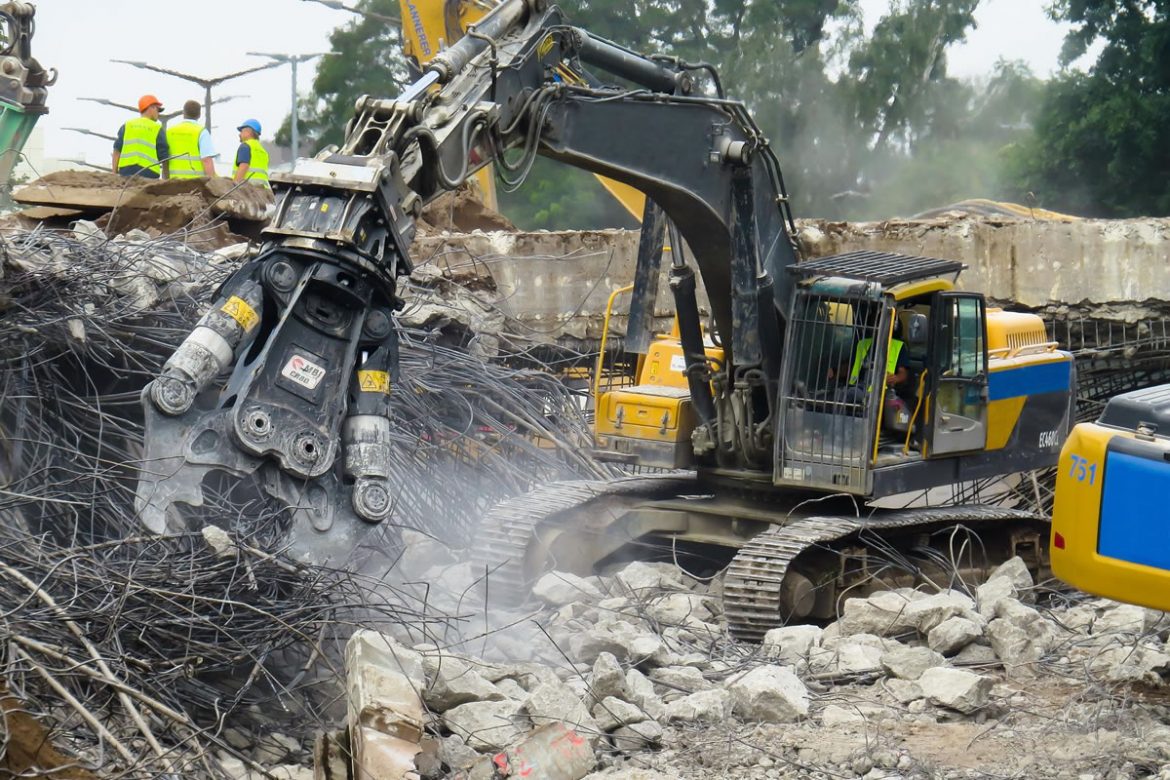Building a case for resilience and against demolition
With the built environment accounting for 38% of total energy-related global CO2 emissions, the decarbonisation of construction must be accelerated if we are to achieve our sustainability goals. It’s an interesting sign then that the Royal Institute of British Architects (RIBA) is advocating halting demolition in order to lower carbon emissions and urging developers to refurbish and re-use existing buildings.
The fact that RIBA architects are signalling that buildings be re-used and not demolished in order to fight climate change leads one to consider the value of the existing properties. It is very much the same path behind our thoughts on a holistic approach that addresses both sustainability and fire resilience. It brings us back to the question of when an unprotected building is destroyed by fire and needs to be demolished, what are people really thinking about the outcome they want for a building?
Every year 50,000 buildings are demolished in the UK producing 126 million tonnes of waste, which represents two-thirds of the UK’s total waste. Simply replacing these buildings with new ones that are more energy efficient is not the most sustainable approach, especially when you consider that 35% of the lifecycle carbon of a typical office building is emitted before a building is in-use and the figure is 51% for a residential building. In short, it will take decades before a new building pays back its carbon debt by saving more emissions than it created. It’s why RIBA wants to encourage developers to refurbish and repurpose existing buildings instead of demolishing them.
Compare this to when a building is heavily damaged or even destroyed by fire; the materials involved are unlikely to be recycled due to contamination and will need to be crushed down and disposed of in another way. Replacement and extensive repair incurs further carbon emission impact. If we need to retain as much as possible of the built environment that we have created, what does that mean for the outcomes we want for some of these buildings? Is it simply compliance with regulations?
If we are entering an era that says the longevity of buildings may increase, losing buildings needlessly to fire will increasingly not make sense. Some may argue that a newly renovated or adapted building is saving carbon emissions as it’s not being demolished but at the same time, fire safety challenges come to the fore.
Therefore, when we make that shift away from demolition, we need to look at the broader issues. When an existing building is adapted, reused or repurposed, it’s critical to think about what that means in terms of new fire safety objectives. This ‘new’ building will shift some of our value parameters and therefore the resilience of a building should become an objective.
Protecting that reusability will therefore become key to a building’s sustained value. Losing the materials and the building usability in a fire will see it taken out of the building’s lifecycle – the result will be a valuable resource taken to rebuild them.
This is where fire strategies will need to adapt and the role of flexible automatic fire protection can make a difference. By considering and incorporating automatic sprinklers at the earliest stages of the design process, stakeholders can add value to any project and protect their investment from ending up in the skip.
For more information about the BSA visit the www.business-sprinkler-alliance.org


